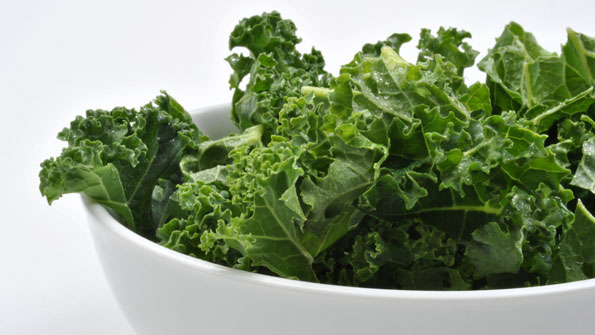For strong bones, here's how people of all ages should choose calcium supplements—plus which nutrients will help maximize calcium's benefits.
April 1, 2012

By age 30 or 40, most women begin taking calcium supplements to strengthen their bones and ward off osteoporosis. But in fact it’s smart for everybody—men, women, teens, and children—to get enough of this essential mineral, which also supports healthy teeth, normal blood sugar levels, heart and muscle function, and the body’s acid-alkaline balance.
Consuming dairy products (milk, cheese, yogurt) and fortified foods (soy milk, orange juice, tofu) helps you meet your calcium requirements. But you may be surprised to learn that your body absorbs only about 30 percent of the calcium in these foods, according to a 2010 report from the Institute of Medicine. Other sources, like bok choy, broccoli, kale, and salmon, contain less of the mineral, but your body absorbs twice as much.
Calcium supplements do just that: supplement your intake to give you an edge over food sources alone.
If you’re focusing on bone health, it’s crucial to take calcium with vitamin D, needed for absorption, as well as magnesium, which comprises part of the bone. Other important cofactors: vitamin C, which helps build collagen in bones, and vitamin K2, which activates the key bone protein osteocalcin.
Prenatal
To fuel rapid skeletal growth, fetal calcium requirements skyrocket during the third trimester. Moms-to-be should shore up their calcium intake from both food and supplements. Dose: Take a prenatal supplement, plus 1,000 mg calcium and 2,000 IU vitamin D daily.
Infants (1 week–2 years)
If mom lacks adequate vitamin D, breast-feeding could increase the risk of a child developing rickets, characterized by soft, malformed bones, according to John Cannell, MD, of the nonprofit Vitamin D Council. Dose: Breast-feeding moms should take 1,000 mg calcium and 2,000 IU vitamin D daily. Consider adding a 400 IU vitamin D drop to the tip of a pacifier once daily.
Children (ages 3–8)
Milk, yogurt, and cheese are good calcium sources; children who don’t consume the USDA-recommended 2 cups of dairy daily, or who are lactose intolerant, may need supplements. Dose: Keep things simple: a daily multivitamin, along with 200 mg calcium and 400–600 IU vitamin D (both of which may be in the multi).
Tweens and teens (ages 9–18)
One-third of an adult’s bone mass forms during these critical years. A study in Osteoporosis International reported that calcium supplements led to significant bone-density increases in girls ages 9 to 13. Dose: 800 mg supplemental calcium daily, along with at least 500 mg from foods. (A cup of yogurt provides about 300 mg.) Add 600–1,000 IU vitamin D and 500 mg vitamin C daily.
Adults (ages 19–50)
Beyond building and maintaining bone, calcium and vitamin D supplements provide other health benefits. A recent study in the American Journal of Clinical Nutrition found that supplements of these nutrients reduced breast cancer risk by 20 percent. Dose: 500 mg calcium, twice daily, and 2,000 IU vitamin D daily. Consider adding magnesium (200 mg, twice daily) and vitamin C (1,000 mg daily) to strengthen bones.
With estrogen production declining around age 50, women have a greater risk of thinning bones. Eating calcium-rich foods and maintaining a good supplement regimen can help prevent age-related osteopenia (too few bone cells), osteomalacia (poor bone mineralization), osteoporosis (porous bone structure), and fractures. Dose: 600 mg calcium twice daily, and 2,000 IU vitamin D daily. Consider adding vitamin K2 (MK-4 form, 5 mg daily), magnesium (200 mg twice daily), and vitamin C (1,000 mg daily).
If you take the blood-thinning drug warfarin, do not take vitamin K, which inhibits the drug’s effect.
Which calcium form is best?
It’s ideal to take any mineral supplement with food—preferably something that contains protein, which “chelates” the mineral and enhances absorption. If you and your family eat dairy products and vegetables, you probably don’t need to take the full RDA amount in supplements.
Calcium carbonate contains the most calcium and is well absorbed when consumed with food. However, calcium citrate is better absorbed when taken with or without food, or by older people with less stomach-acid production. Calcium hydroxyapatite is the form of the mineral found in bone.

About the Author(s)
You May Also Like




